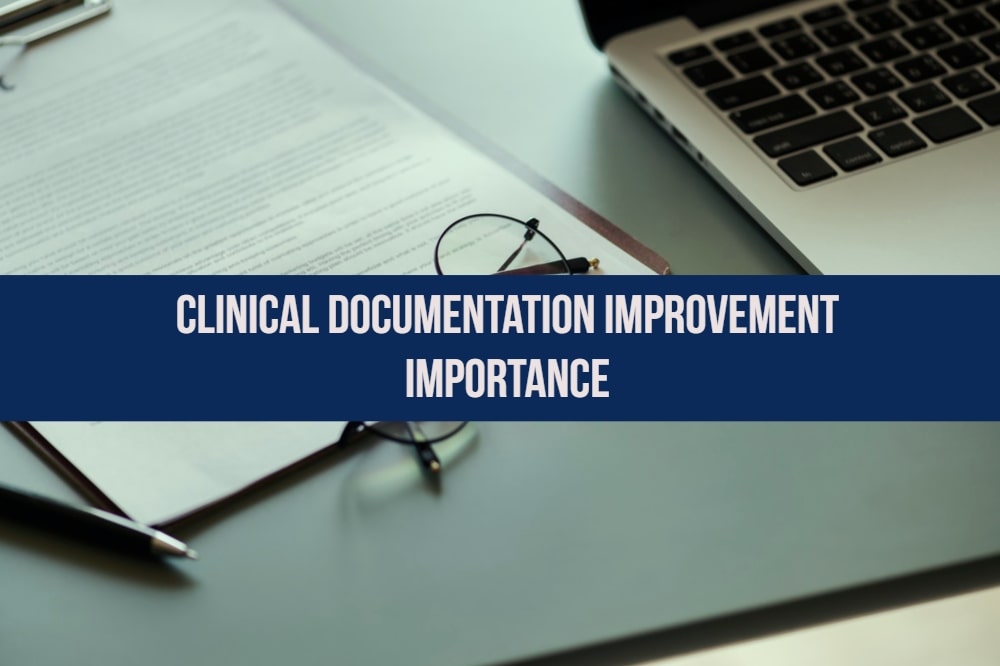Our final article on the Benefit and Payment Parameters for 2017 brings you further highlights of some of the policies in the final rule.
Network Adequacy (Transparency)
HealthCare.gov plans to include a rating of each QHP’s relative network coverage, with a goal to start this inclusion in 2017. The ratings will be decided by comparing the breadth of the QHP network at the plan level to the breadth of the other plan networks for plans available in the same geographic area. In order to help an enrollee select the correct and best plan, this rating will be made available to a consumer when making a plan selection.
Third-party Payments
Provisions from the previous Interim Final Rule regarding third party payments (IFR) have been updated to clarify that “State and Federal Government programs” include programs of the political subdivisions of the State, namely counties and municipalities, or local government programs. It has been finalized that while issuers offering individual market QHPs, including SADPs, generally do not collect cost-sharing payments, downstream entities, such as PBMs, they are required to accept third party cost-sharing payments on behalf of enrollees from the entities identified in the IFR (i.e. State and Federal Government Programs, Ryan White HIV/AIDS programs and Indian Tribes, Tribal Organizations and Urban Indian Organizations) in circumstances where the issuer’s downstream entity (e.g., pharmacy benefits manager) accepts cost-sharing payments from plan enrollees. However, the proposed information collection that would have required entities from which QHP issuers are required to accept third party premium payments to provide estimates of enrollees being assisted to HHS, has not been finalized.
QHP Patient Safety Requirements
A QHP issuer offering coverage through the Marketplaces, may only contract with a hospital of more than 50 beds if the hospital: (a) participates with a Patient Safety Organization; or (b) meets the reasonable exception standard by implementing an evidence-based initiative to improve health care quality through the collection, management and analysis of patient safety events that reduces all cause preventable harm, prevents hospital readmission, or improves care coordination.
SHOP
Under the third employee choice option, employers will have the option of offering all plans across all actuarial value levels from one issuer (“vertical choice”). The addition of this vertical choice option is finalized in the Federally-facilitated SHOPs (FF-SHOPs), for plan years beginning on or after January 1, 2017. However, States with FF-SHOPs are given the opportunity to recommend that the FF-SHOP in their State not offer vertical choice in their State. States with SBE-FPs utilizing the Federal platform for SHOP enrollment functions will be able to opt out of making vertical choice available in their States. SHOPs in all states would continue to be required to permit employers to offer a choice of all QHPs at a single actuarial value level of coverage.
Post-enrollment Assistance and Other Requirements for Assisters
The required duties of FFM Navigators are being expanded to include the following:
- Specific post-enrollment and other assistance activities such as helping consumers understand the basic process of filing Marketplace eligibility appeals.
- Helping consumers understand and apply for exemptions from the individual shared responsibility payment that are granted through the Marketplace.
- Helping consumers understand basic concepts and rights related to health coverage and how to use it.
State-based Marketplaces will have the option of requiring or authorizing these duties, which will be required in FFMs beginning with Navigator grants awarded in 2018. Navigators will also be required to provide targeted assistance to vulnerable or underserved populations in the Marketplace service area, as well as permit each Marketplace to define and identify the underserved and vulnerable populations its Navigators will target. Navigators and non-Navigator assistance personnel will be required to complete training prior to providing application or enrollment assistance, as well as prior to performing outreach and education activities. Certified application counselor designated organizations will need to provide metrics related to the number and performance of the organization’s certified application counselors relating to the Marketplace in which they serve, at the Marketplace’s request.
Direct Enrollment Enhancements and Agent and Broker FFM Enforcement
A framework to support the use of an expanded direct enrollment pathway option for web-brokers and QHP issuers in 2018 and future coverage years is being established. Under this framework, an applicant may remain on the web- broker’s or issuer’s non-FFM website to complete the Marketplace application and enroll in coverage. The framework will be supplemented with more specific guidance and requirements in future rulemaking. But, until then, entities must continue to comply with the current direct enrollment process. In cases of fraud or abusive conduct that may cause imminent or ongoing consumer harm, standards have been established for terminating or suspending agreements between agents and brokers and the FFM. Standards have also been established for the following:
- for providing notice to States of those suspension and termination actions
- governing the conduct of FFM-registered agents and brokers to better protect consumers and ensure the efficient operation of the FFMs
- Providing for penalties other than terminations of the agent’s or broker’s FFM agreements.



